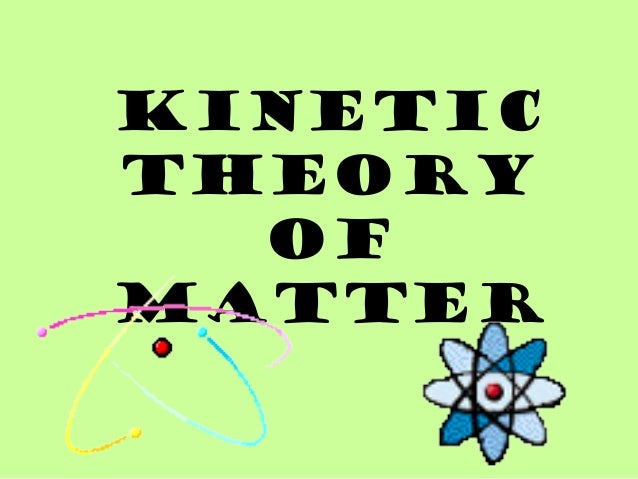KINETIC THEORY OF MATTER

About Course
Specific outcomes
- Explain what the kinetic theory is
- Describe qualitatively the molecular model of matter.
- Explain changes of state in terms of the kinetic theory of matter.
EXPECTED KNOWLEDGE
- The definition of kinetic theory: Matter is made up of discrete individual particles that are continuous in random motion.
- Structure of matter (solid, liquid, gases) and intermolecular forces: e.g. cohesive and adhesive
- Change of state of matter in relation to kinetic theory and the kinetic energy of particles
CONTENT:
You will learn that all objects are made of matter, and that different objects are made of different types of matter or materials. These different properties will be explained by studying material’s microscopic structure (the small parts that make up the material which are in constant motion).
You will also explore the smallest building blocks of matter, atoms, their unique properties and how they interact and combine with other atoms. You will as well explore the link between the arrangement of particles and the change of matter’s state.
Course Content
1.1. ASSUMPTIONS OF KINETIC THEORY
-
ASSUMPTIONS OF KINETIC THEORY
00:00
MOLECULAR MODEL OF MATTER
APPLICATION OF ASSUMPTIONS OF KINETIC THEORY
Student Ratings & Reviews

No Review Yet
